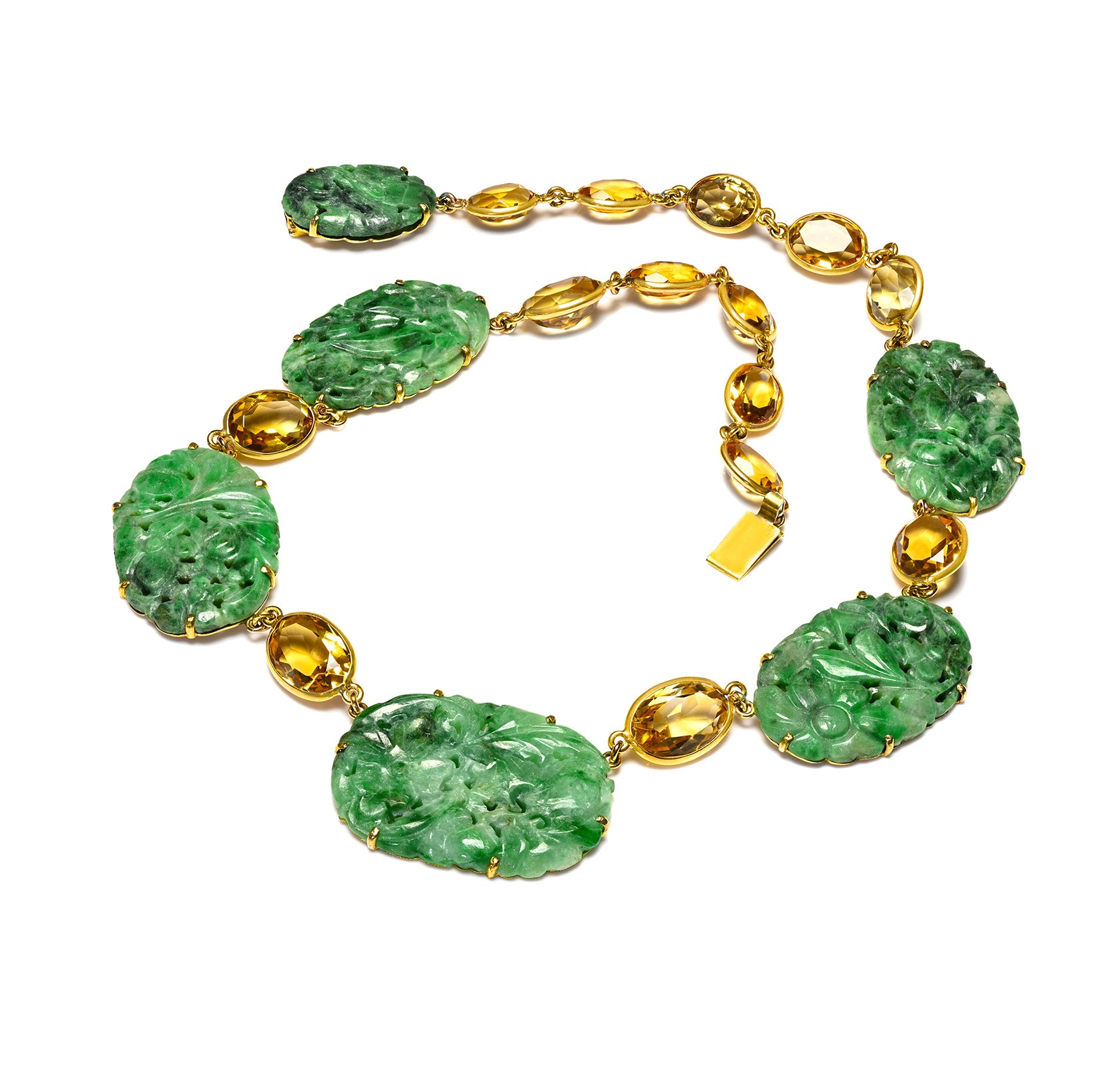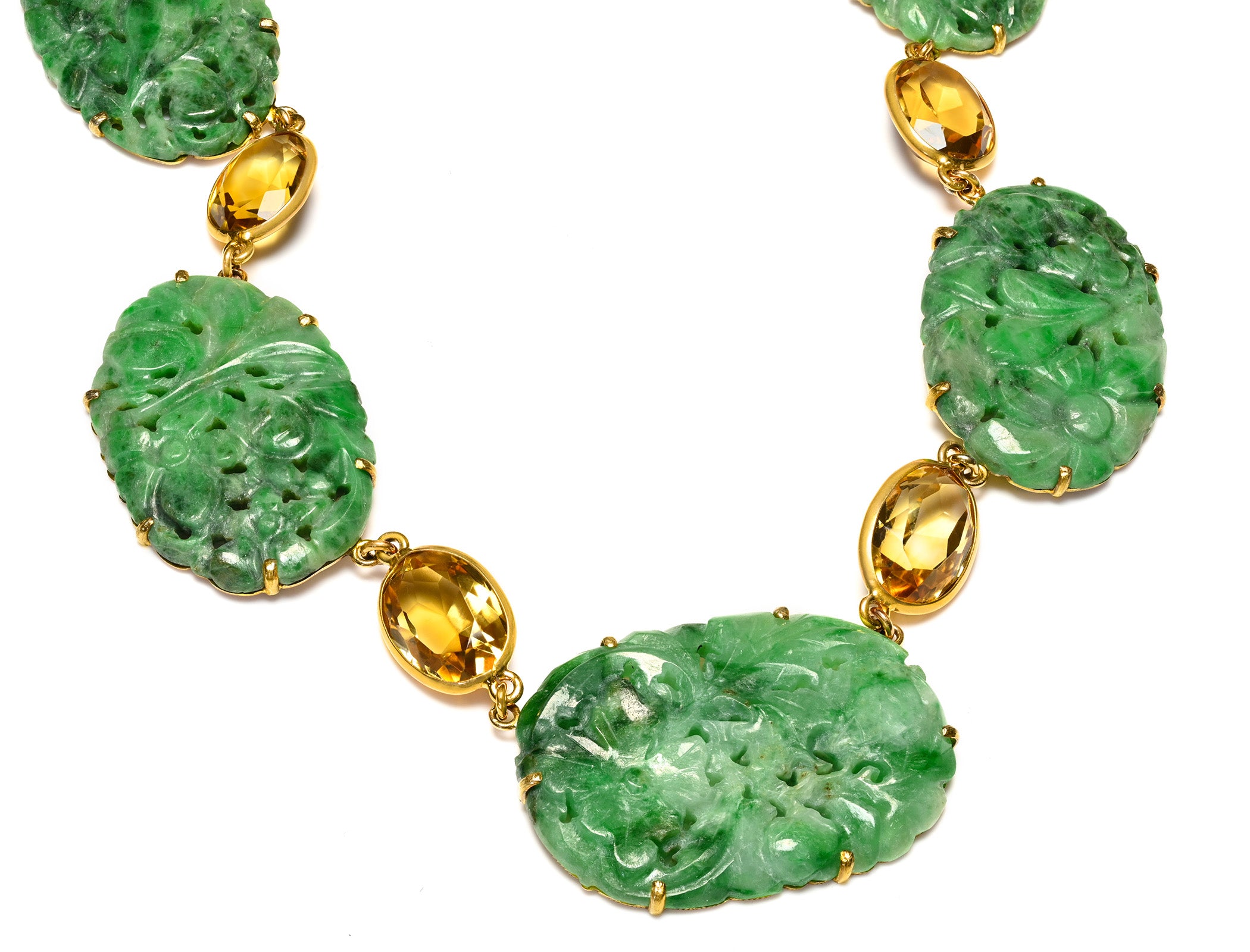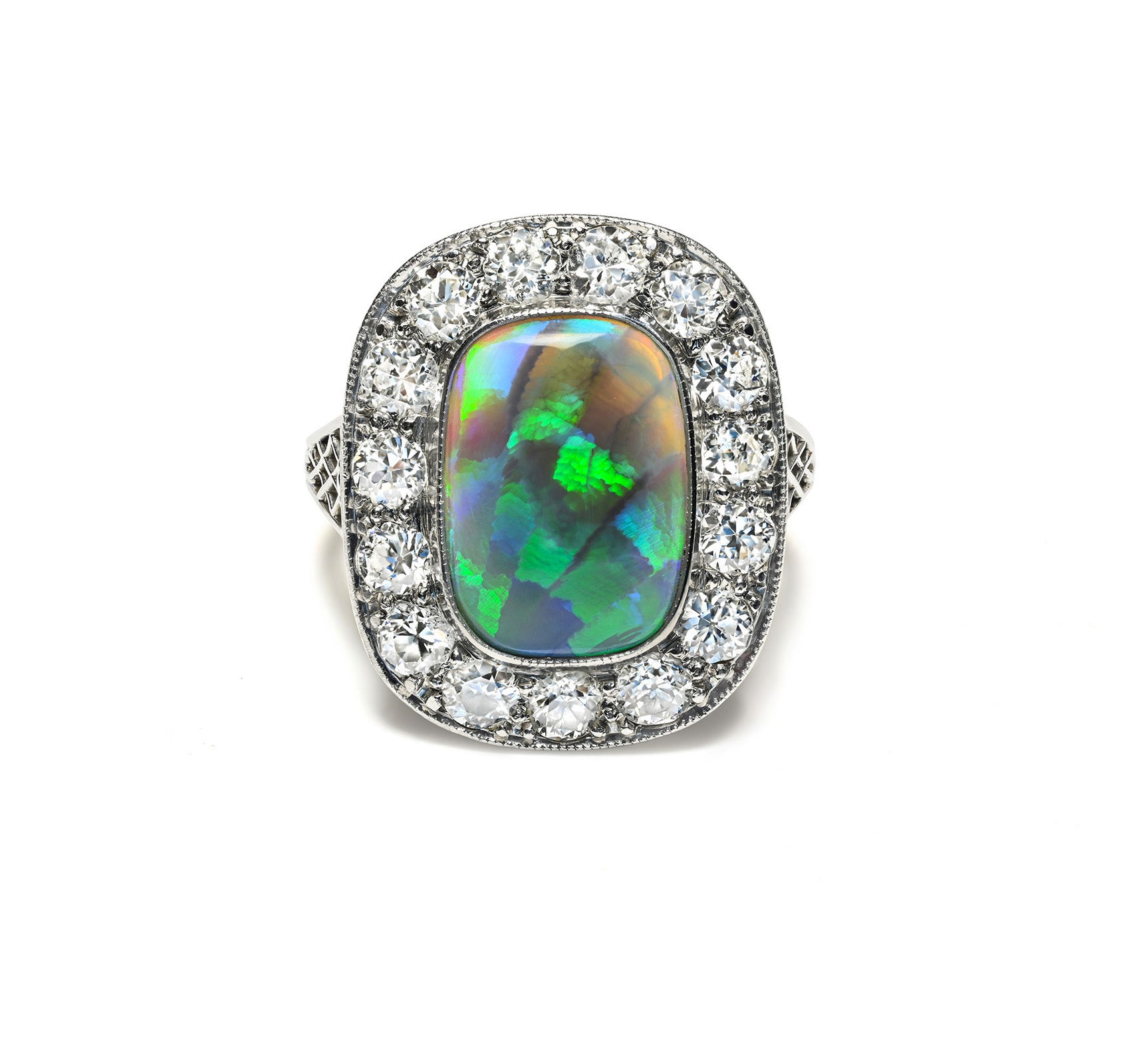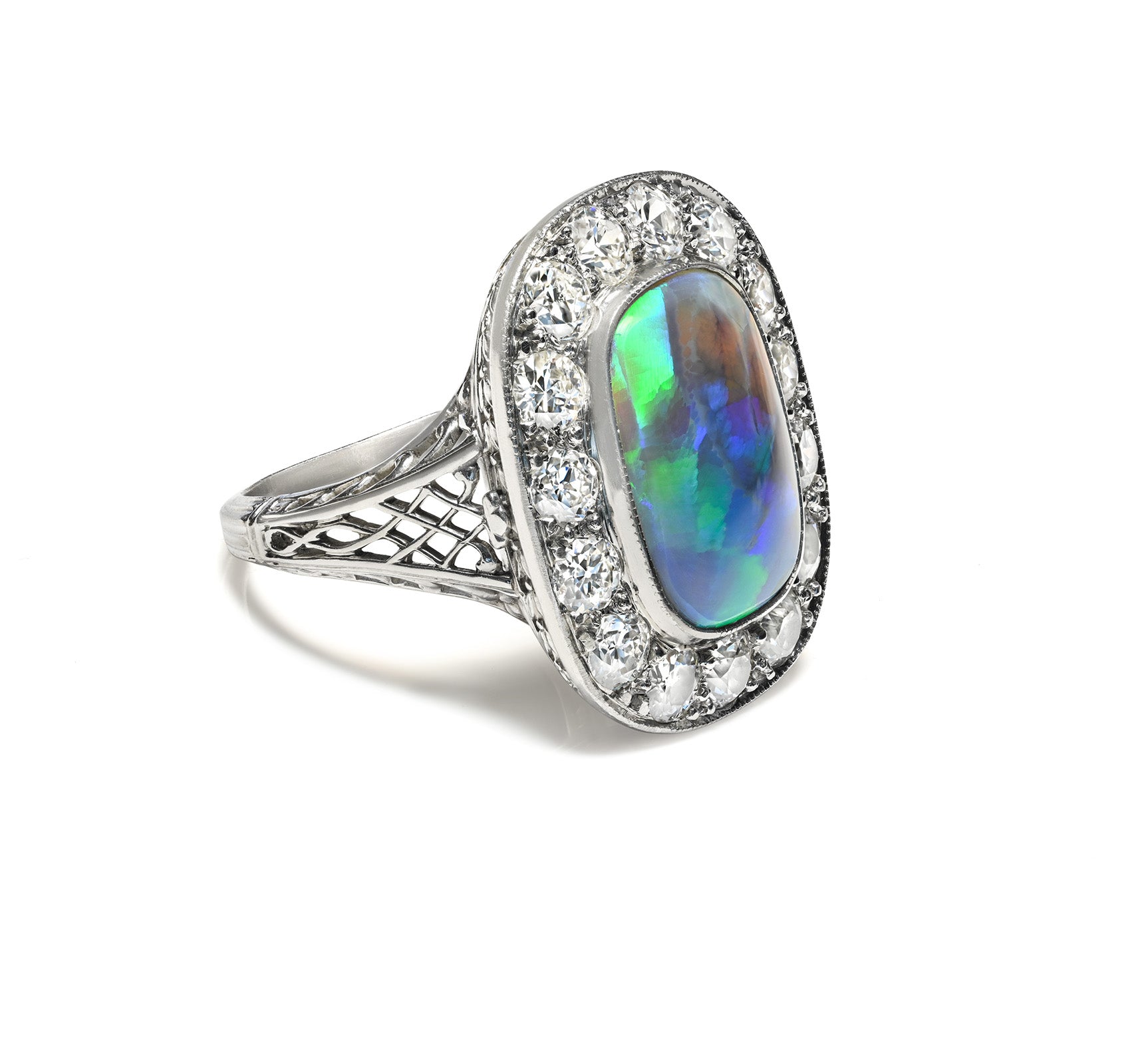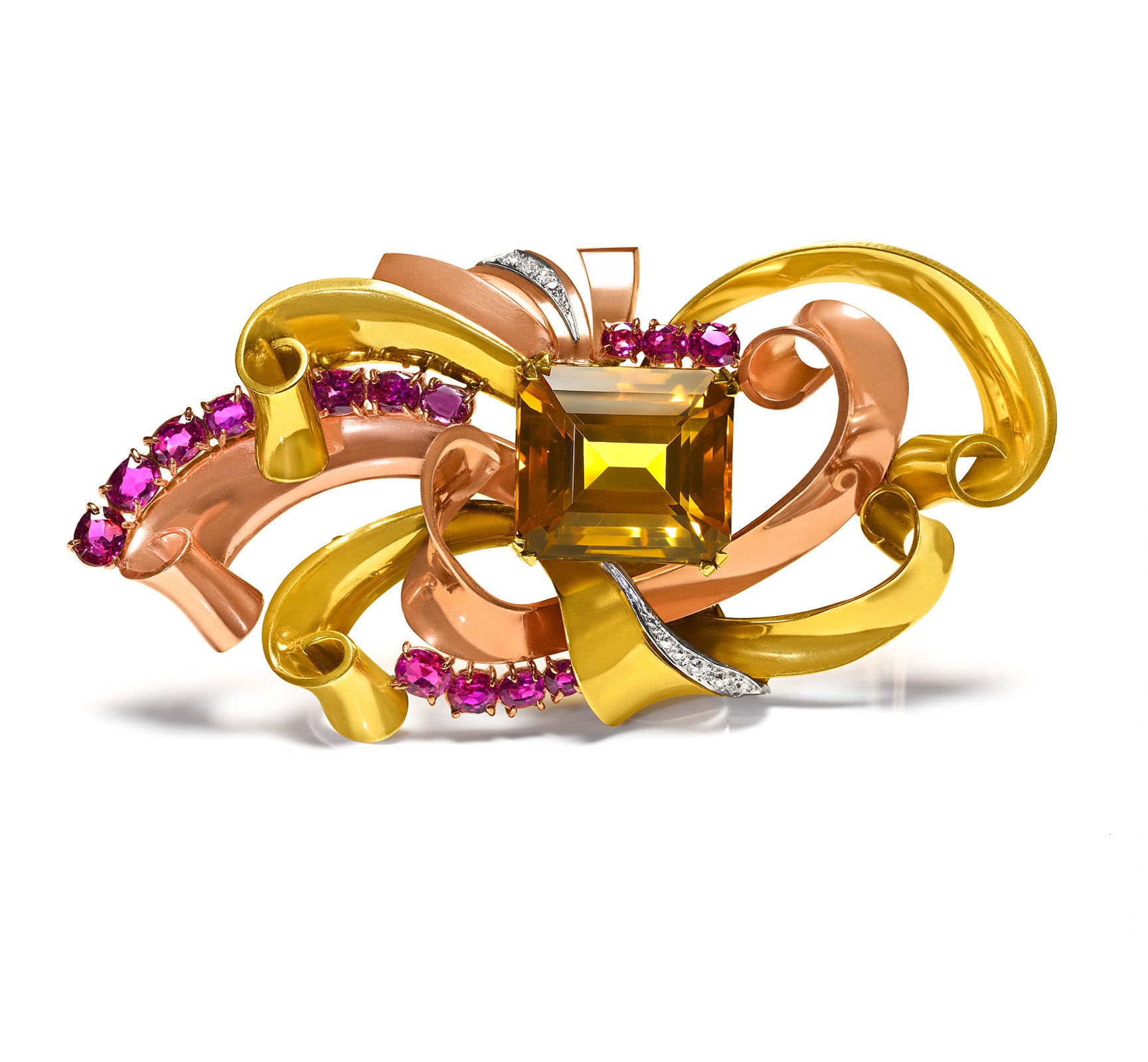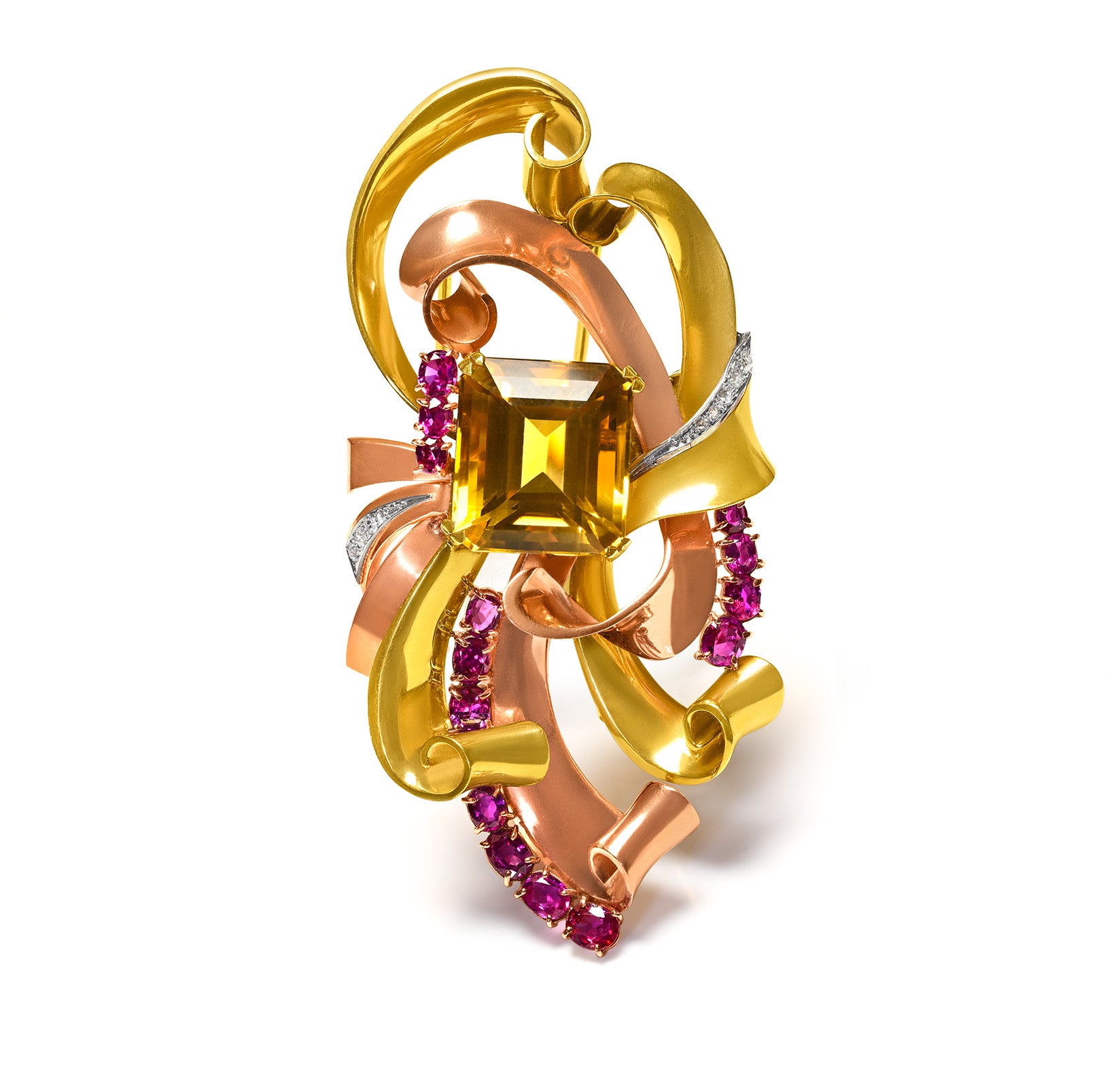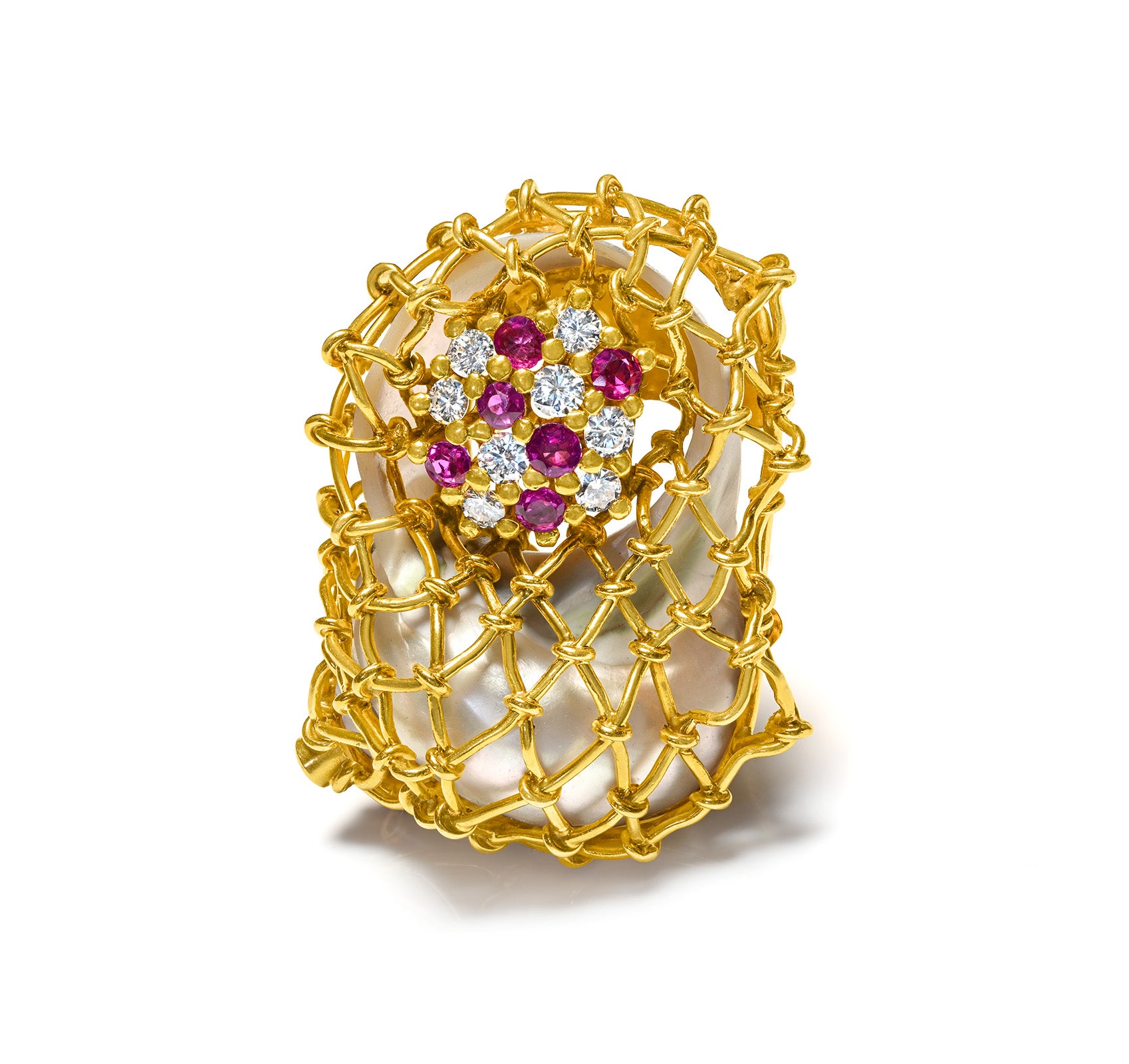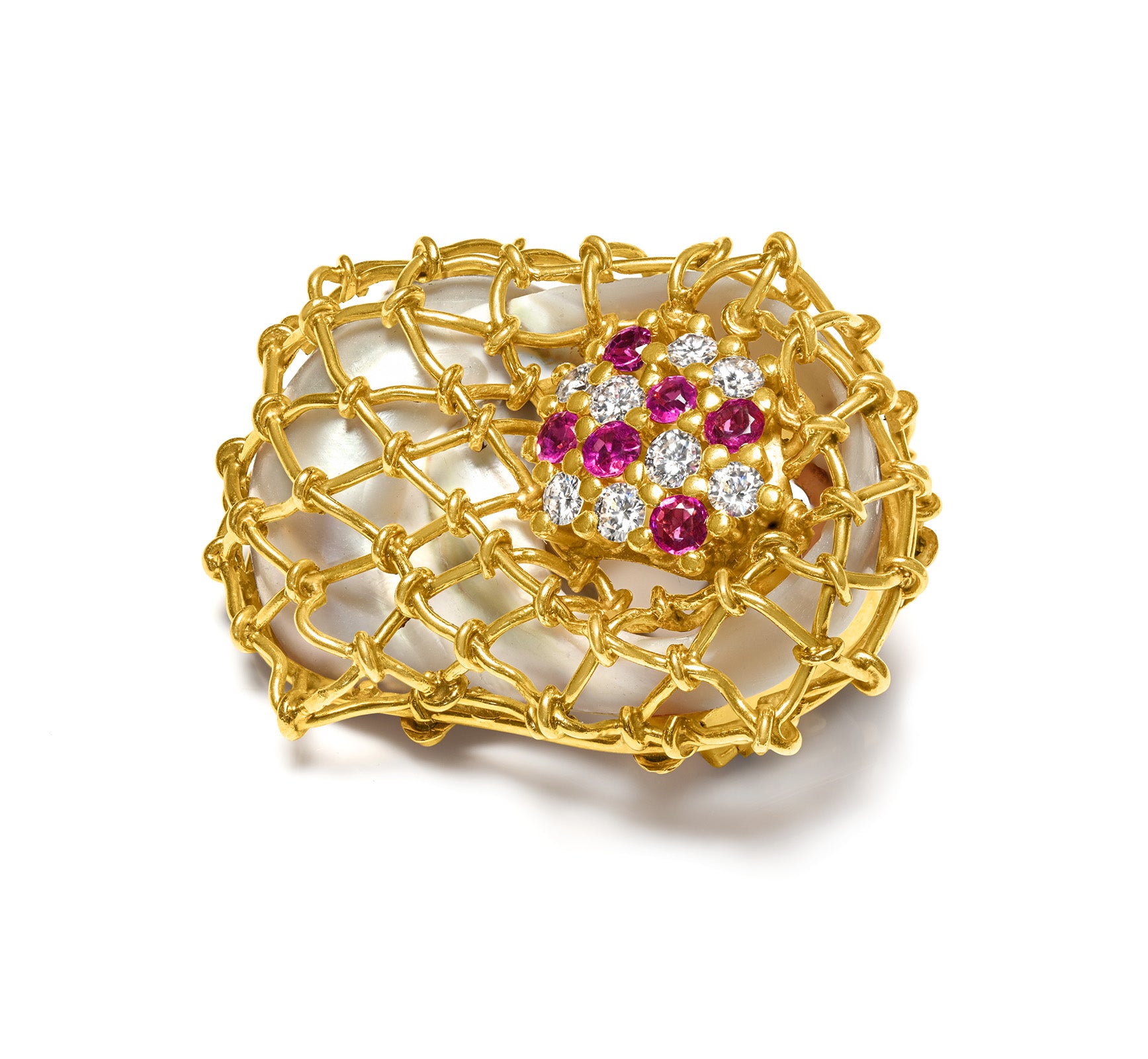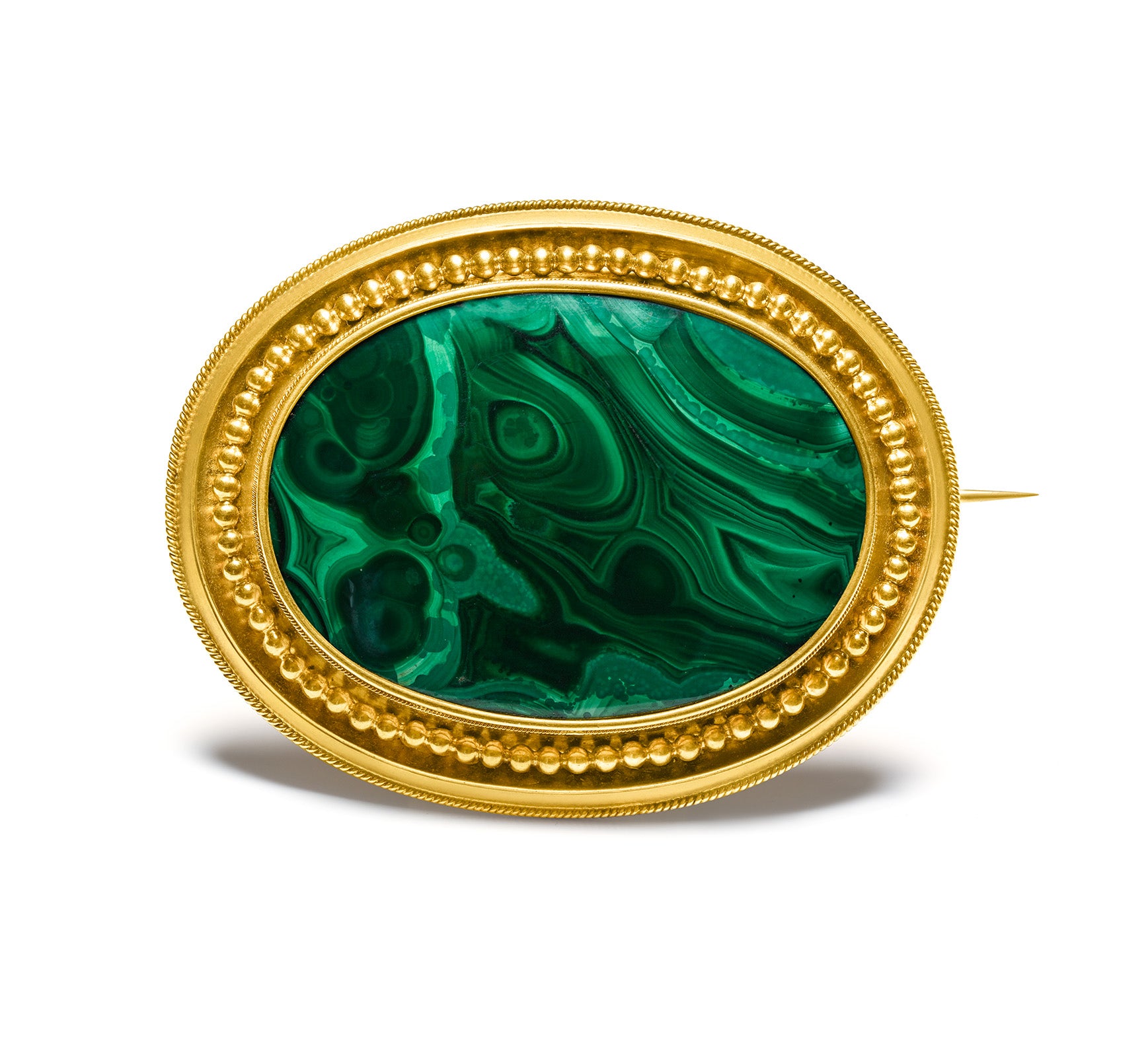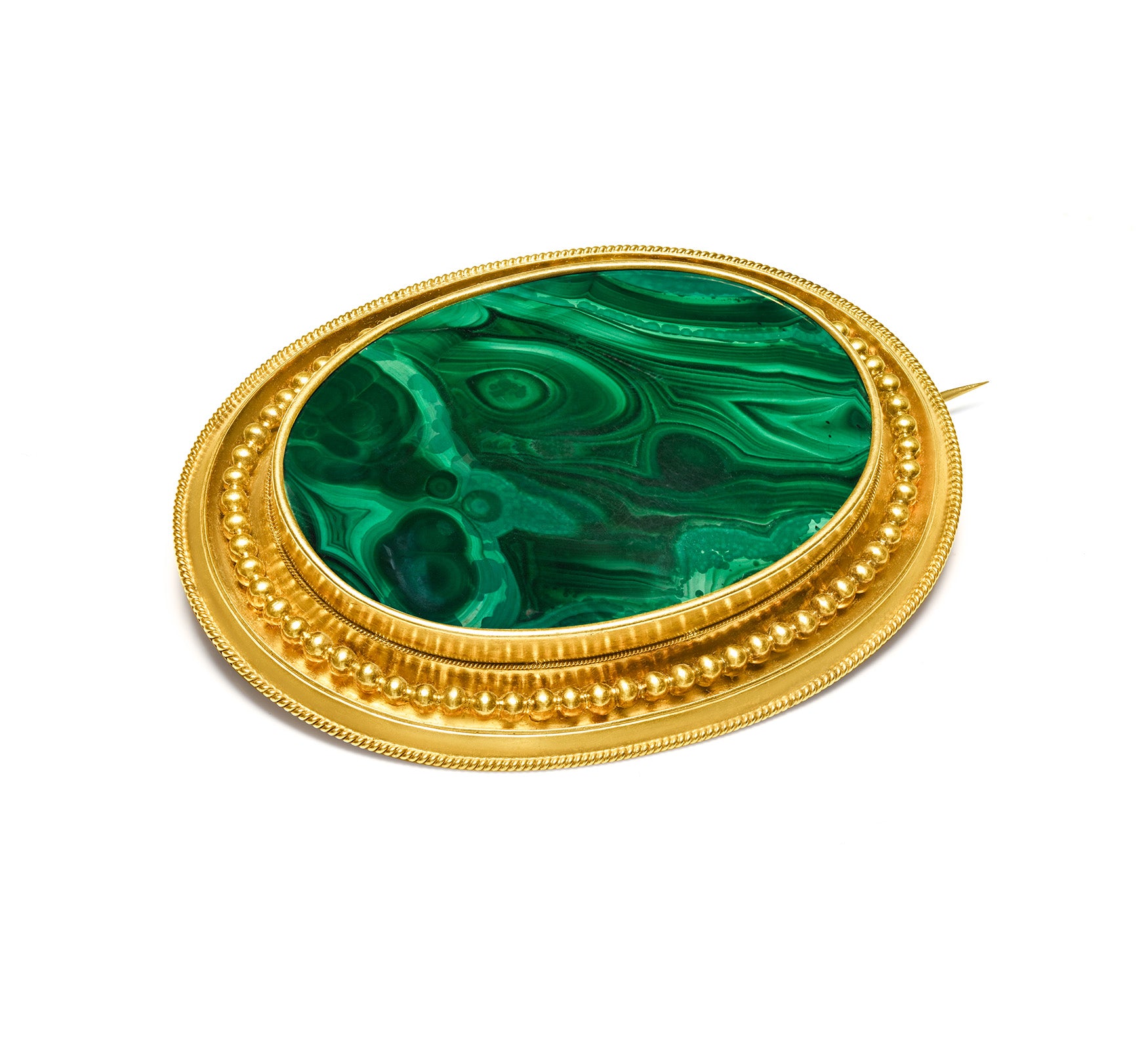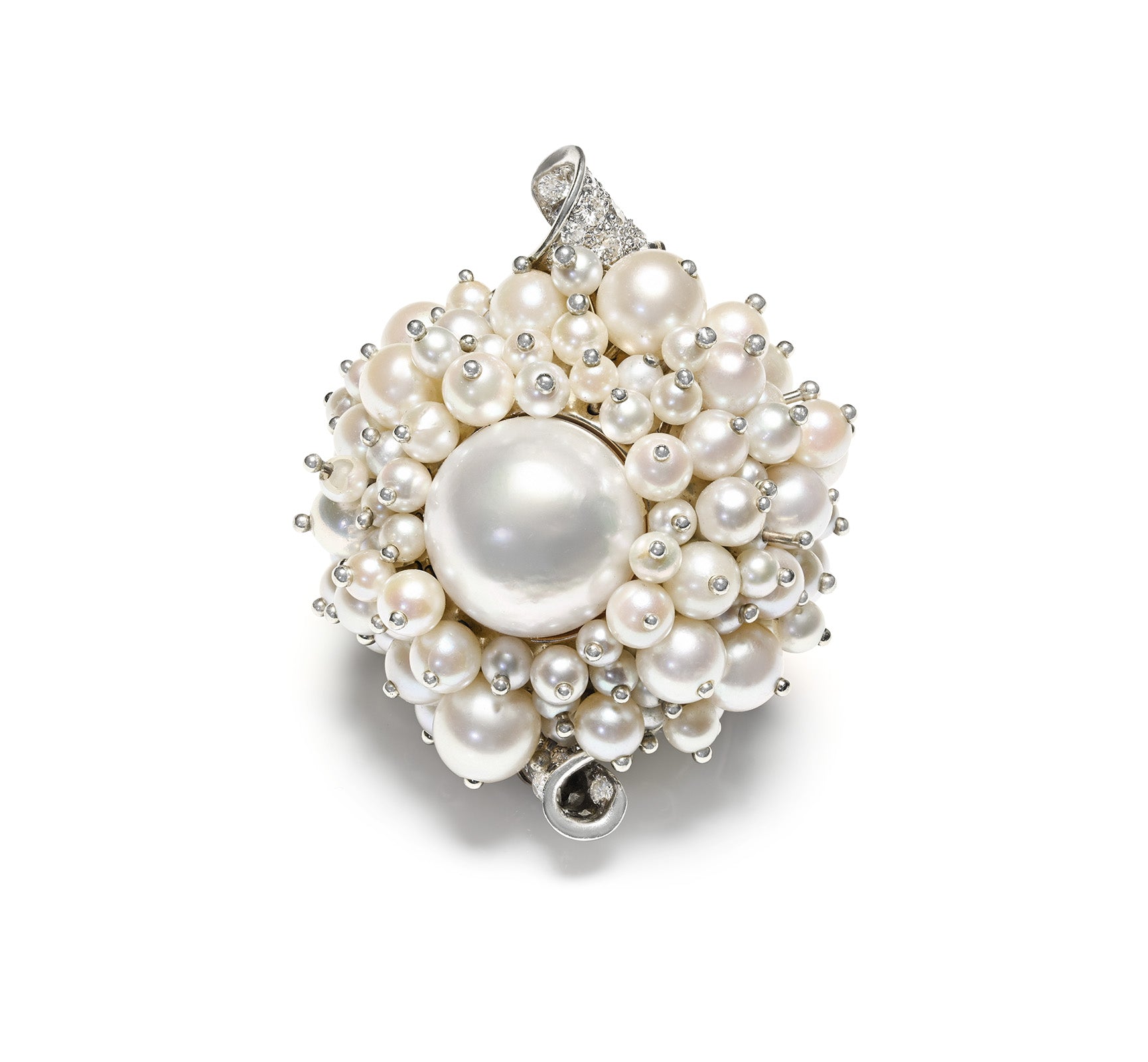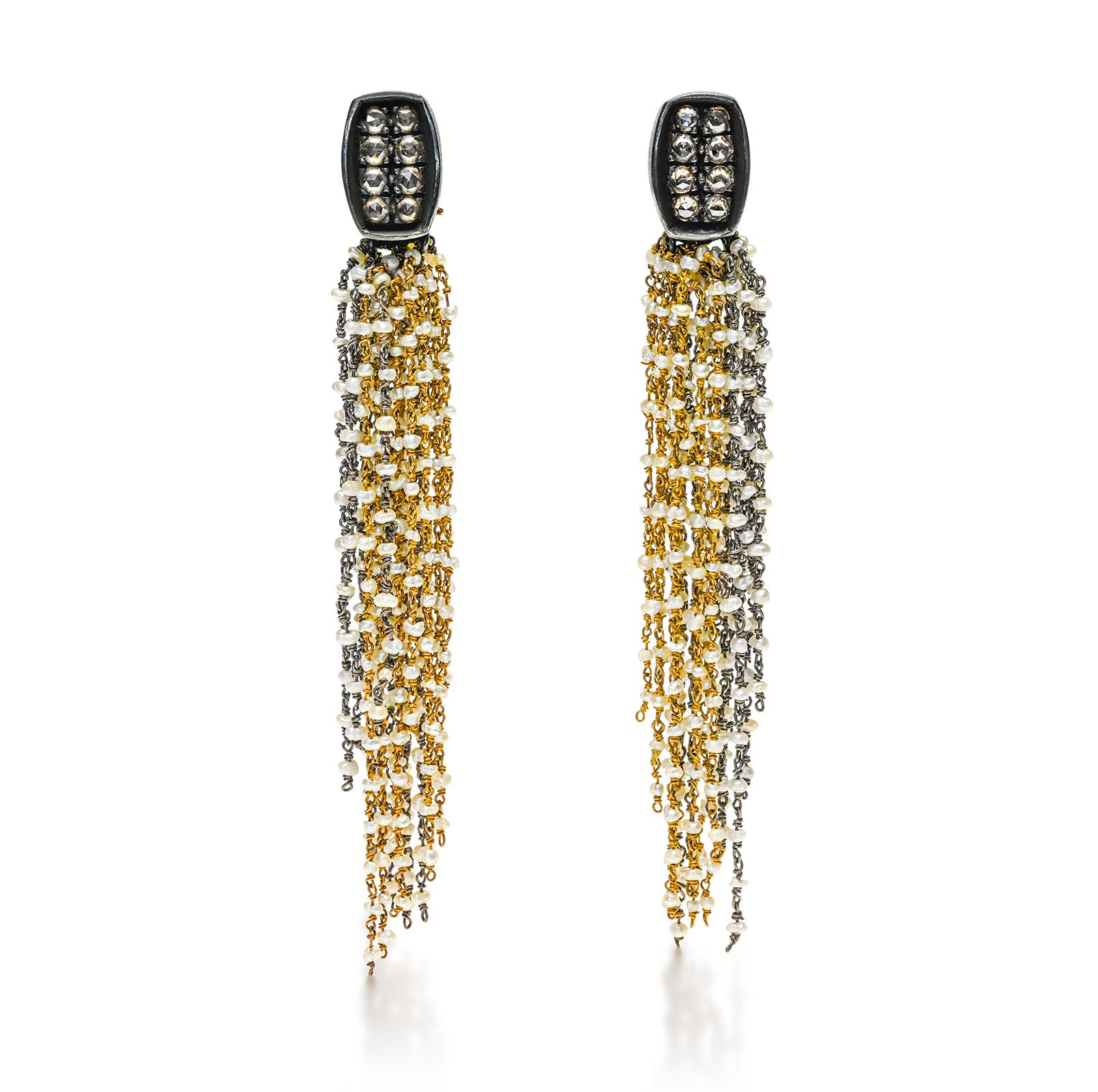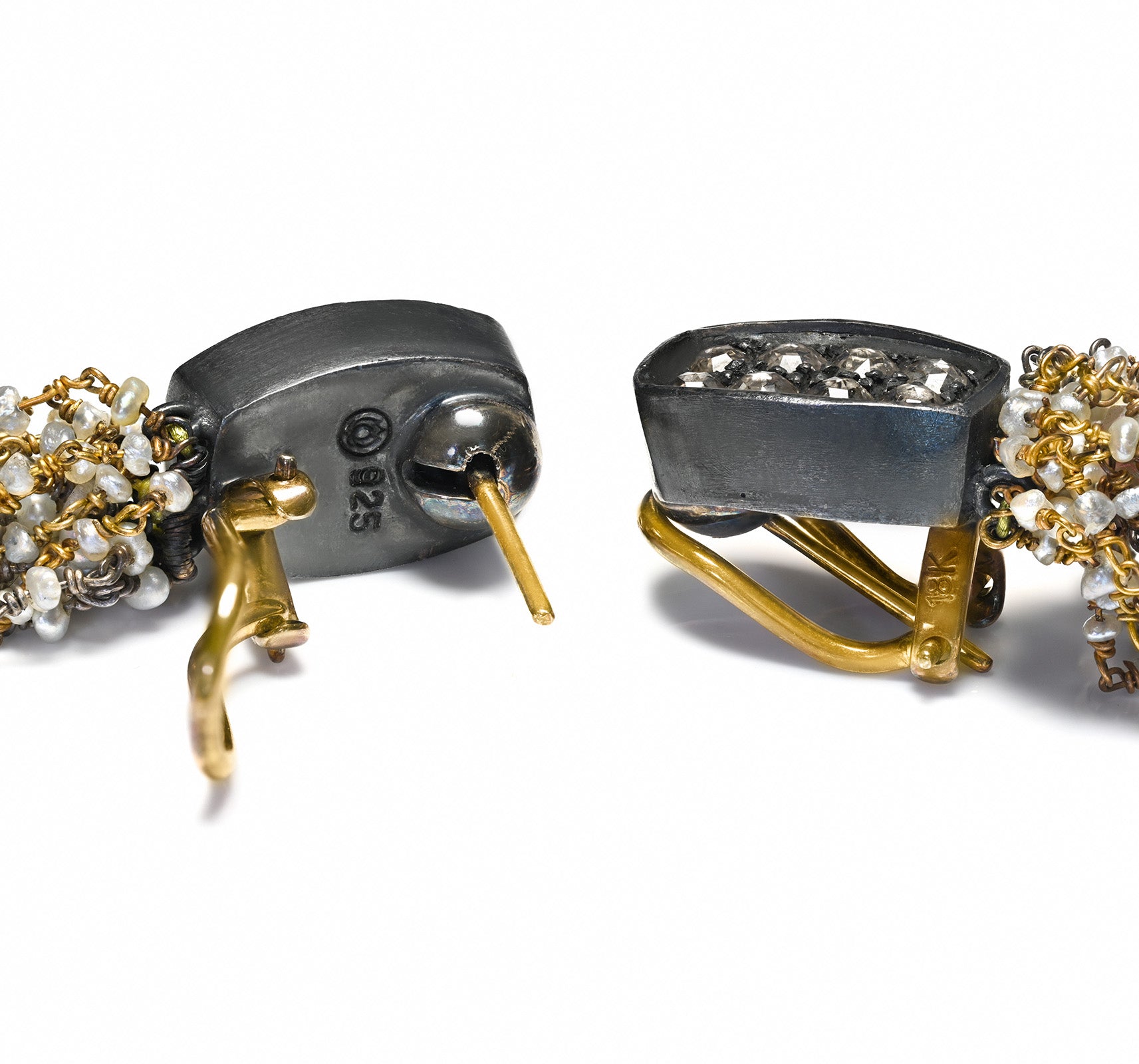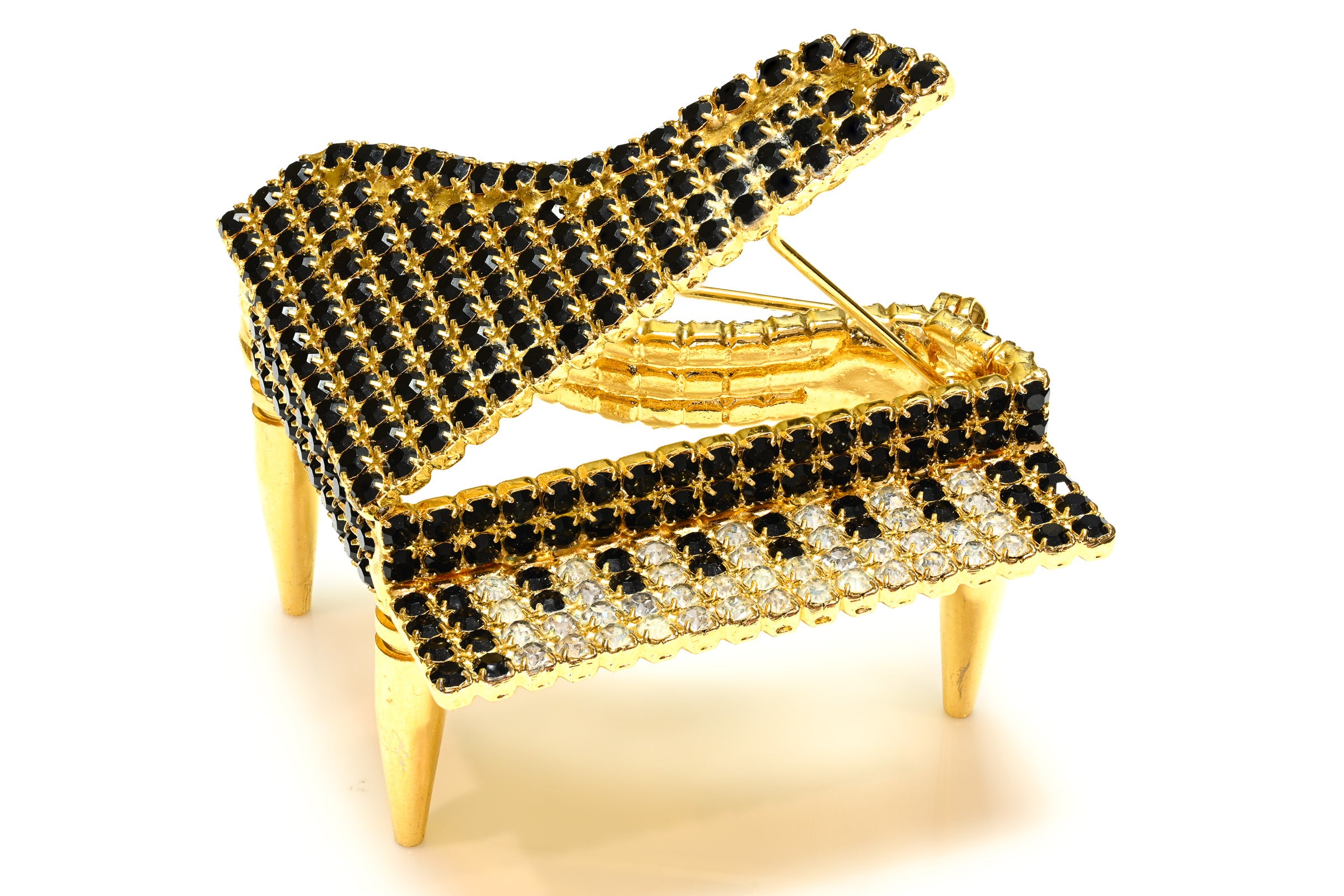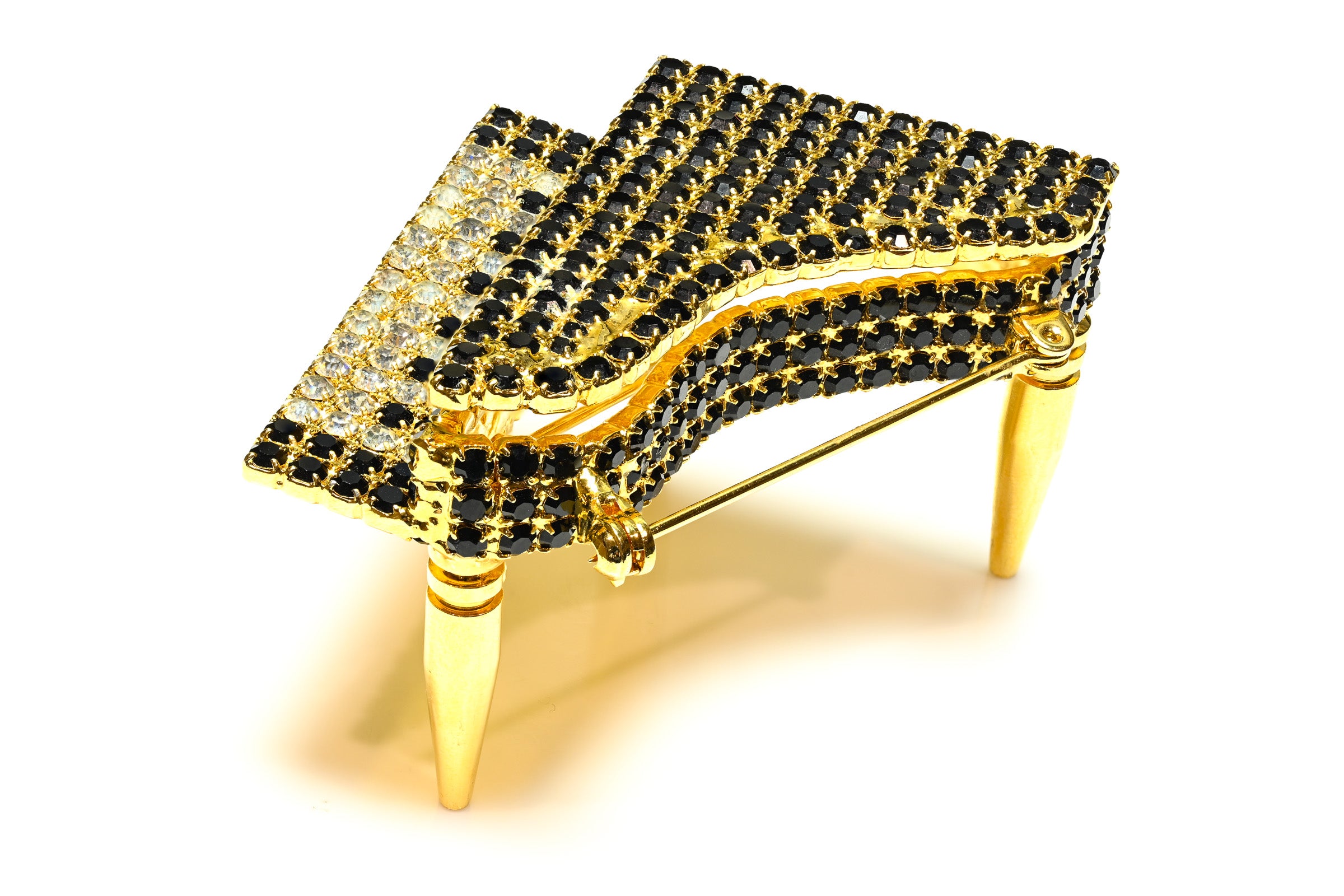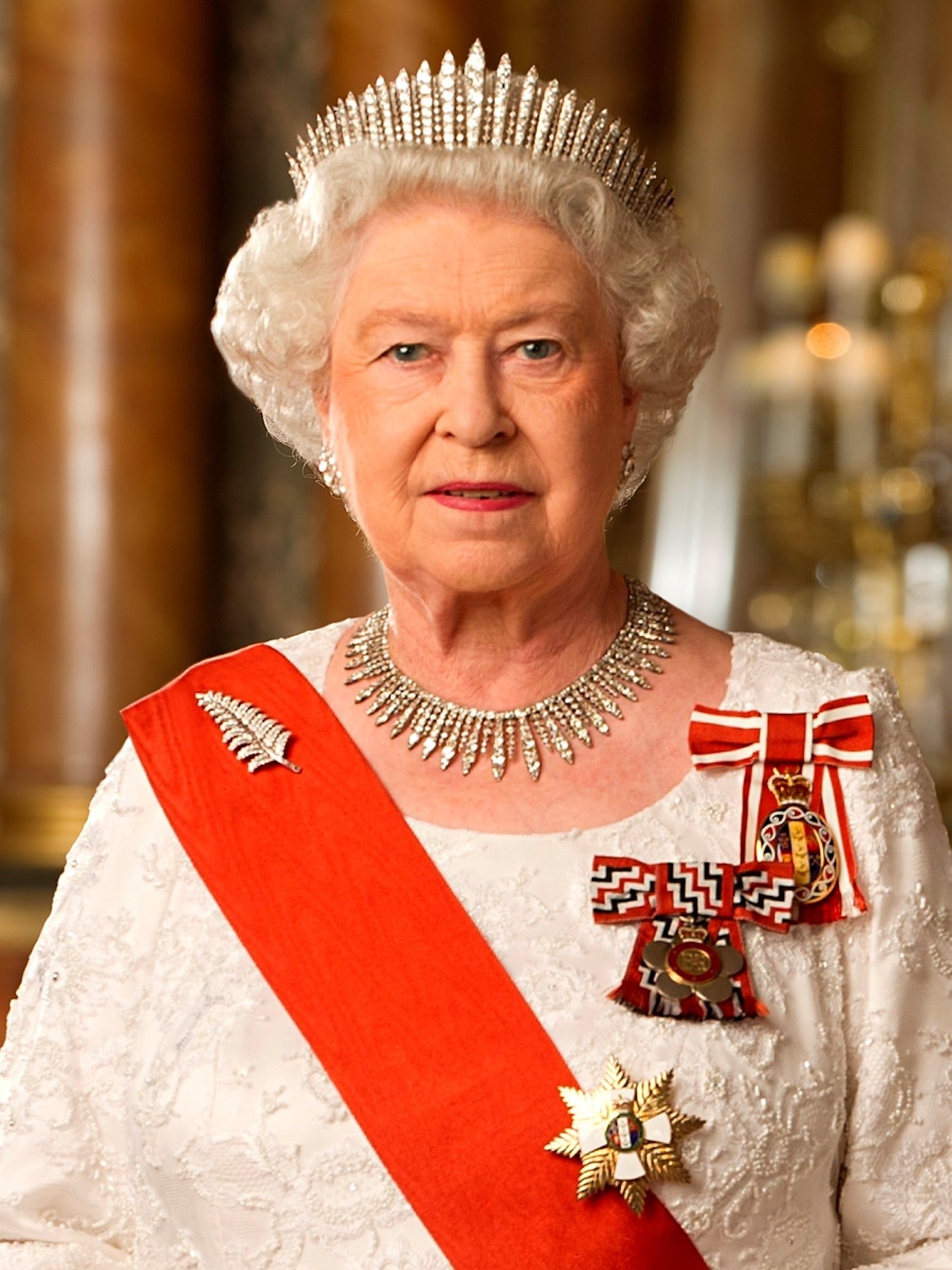
Queen Elizabeth's Impressive Fortune And The Magnificent Crown Jewels
Queen Elizabeth II amassed during her 70-year reign a personal fortune estimated by the Sunday Times to be worth more than $420 million.
Though her collection of jewels and vast estates may have been impressive, Queen Elizabeth II's wealth paled in comparison with other royals.
She was by far less rich than, for example, the king of Thailand, whose fortune is estimated at 30 billion dollars, the Sultan of Brunei (20 billion), or King Salman of Saudi Arabia (5 billion dollars, according to the website celebrity net worth.com).
Queen Elizabeth's Impressive Fortune
With a wealth of $420 million, the late Queen of Great Britain did not even make The Sunday Times 2022 "Rich List" of the 250 wealthiest, topped by moguls Sri and Gopi Hinduja, who oversees a vast business empire and are estimated to be worth more than £28 billion.
Queen Elizabeth II nevertheless benefited from a royal lifestyle supported in part by the British taxpayer. She and her relatives also benefited from the income of the gigantic private inheritance, the details of which are not fully known.
An annual allowance from the government called the Sovereign Grant covered Queen Elizabeth's official expenses and those of other royals representing her.
In the financial year 2020-2021, the Sovereign Grant amounted to over USD 100 million, out of which USD 40 million were destined for the ongoing refurbishments at Buckingham Palace in London.
The Sovereign Grant is set as equivalent to 15 percent of the profits of the British Crown Estate - a huge portfolio of land, property, and other assets such as wind farms that belongs to the ruling monarch but is independently managed. The Crown Estate's net income is handed to the Treasury according to an agreement sealed in 1760.
The sovereign's allowance is mainly used to pay Windsor's employees (over 500 persons).
Queen Elizabeth's Private Income
Dubbed "privy purse", the Queen's private income mainly comes from the Duchy of Lancaster estate, owned by the monarchy since the Middle Ages. Its assets include land, financial investments, and property estimated at over 581 million dollars.
The estate is made up of 315 residential properties, as well as commercial properties in central London and thousands of acres of agricultural land.
The income from this colossal inheritance amounted for the last fiscal year to approximately 23 million dollars. Queen Elizabeth gave part of this money. This private income is subject to taxes as long as it is not used for official duties.
"The queen uses that money to pay for her own overheads to run Balmoral and Sandringham, which are very expensive," said David McClure, author of a book on the monarch's finances, "The Queen's True Worth", referring to the properties the Queen owns.
"She also uses some of the money to cross-subsidize other members of the royal family who don't get money from the public grant or sovereign grant", McClure told AFP.
While some of the money is redistributed to her children, Princess Anne, her youngest son Prince Edward and his wife Sophie, Countess of Wessex, as well as her second son, Prince Andrew. Though Andrew is unlikely to be receiving a great deal of money as he is in disgrace for his connections with the infamous pedophile Jeffrey Epstein.
The Queen's Private Property
Balmoral Castle is valued at around 116 million dollars and her Sandringham country estate at 59 million dollars. Some assets in the Royal Collection are also privately owned by the Queen, such as a stamp collection that belonged to her grandfather, King George V.
Queen Elizabeth II also had a well-known passion for horses that earned her more than 8 million dollars in prize money, according to estimates by myracing.com, although this excluded their costly upkeep.
The famous Crown Jewels symbolically belonged to the queen but are automatically transferred to her successor. Officially, the Crown Jewels are priceless. They are not insured either, which means they’ve likely never been appraised. However, estimates put the entire collection at $4 billion.
Some Of The Most Famous Crown Jewelry
Queen Elizabeth II, as the head of the British state and sovereign, also acted as the head of the monarch, or The Crown. The Crown owns The Crown Jewels, a collection of crowns, rings, scepters, vestments, and more.
St. Edward’s Crown
According to Reader's Digest, one of the most widely-viewed pieces in the Crown Jewels is St. Edward’s Crown, which has 444 stones, both precious and semi-precious with a value estimated at around $39 million, while the gold used to manufacture the crown is today worth more than $100,000.
Queen Elisabeth II only wore the St. Edward’s Crown for a few moments. At five pounds, the crown is quite heavy...
The Jeweled Sword Of Offering
Created in 1820, the Jeweled Sword of Offering is worth $660 million in today’s money. The famous sword is not as old as some pieces in the Crown Jewels. King George IV helped design the sword.
The Cullinan Diamond
Cullinan - is the largest precious gemstone ever found, with an incredible 3,106.75 carats. No wonder it was valued at an incredible amount of $400 million.
The stone was discovered near Pretoria in South Africa on 26 January 1905 and is named after the chairman of the mining company, Thomas Cullinan. In its uncut state, it weighed 3,106 metric carats and boasted a size of 10.1 x 6.35 x 5.9 cm. The scale and its extraordinary blue-white color and exceptional clarity made it the most celebrated diamond in the world.
Though her collection of jewels and vast estates may have been impressive, Queen Elizabeth II's wealth paled in comparison with other royals.
She was by far less rich than, for example, the king of Thailand, whose fortune is estimated at 30 billion dollars, the Sultan of Brunei (20 billion), or King Salman of Saudi Arabia (5 billion dollars, according to the website celebrity net worth.com).
Queen Elizabeth's Impressive Fortune
With a wealth of $420 million, the late Queen of Great Britain did not even make The Sunday Times 2022 "Rich List" of the 250 wealthiest, topped by moguls Sri and Gopi Hinduja, who oversees a vast business empire and are estimated to be worth more than £28 billion.
Queen Elizabeth II nevertheless benefited from a royal lifestyle supported in part by the British taxpayer. She and her relatives also benefited from the income of the gigantic private inheritance, the details of which are not fully known.
An annual allowance from the government called the Sovereign Grant covered Queen Elizabeth's official expenses and those of other royals representing her.
In the financial year 2020-2021, the Sovereign Grant amounted to over USD 100 million, out of which USD 40 million were destined for the ongoing refurbishments at Buckingham Palace in London.
The Sovereign Grant is set as equivalent to 15 percent of the profits of the British Crown Estate - a huge portfolio of land, property, and other assets such as wind farms that belongs to the ruling monarch but is independently managed. The Crown Estate's net income is handed to the Treasury according to an agreement sealed in 1760.
The sovereign's allowance is mainly used to pay Windsor's employees (over 500 persons).
Queen Elizabeth's Private Income
Dubbed "privy purse", the Queen's private income mainly comes from the Duchy of Lancaster estate, owned by the monarchy since the Middle Ages. Its assets include land, financial investments, and property estimated at over 581 million dollars.
The estate is made up of 315 residential properties, as well as commercial properties in central London and thousands of acres of agricultural land.
The income from this colossal inheritance amounted for the last fiscal year to approximately 23 million dollars. Queen Elizabeth gave part of this money. This private income is subject to taxes as long as it is not used for official duties.
"The queen uses that money to pay for her own overheads to run Balmoral and Sandringham, which are very expensive," said David McClure, author of a book on the monarch's finances, "The Queen's True Worth", referring to the properties the Queen owns.
"She also uses some of the money to cross-subsidize other members of the royal family who don't get money from the public grant or sovereign grant", McClure told AFP.
While some of the money is redistributed to her children, Princess Anne, her youngest son Prince Edward and his wife Sophie, Countess of Wessex, as well as her second son, Prince Andrew. Though Andrew is unlikely to be receiving a great deal of money as he is in disgrace for his connections with the infamous pedophile Jeffrey Epstein.
The Queen's Private Property
Balmoral Castle is valued at around 116 million dollars and her Sandringham country estate at 59 million dollars. Some assets in the Royal Collection are also privately owned by the Queen, such as a stamp collection that belonged to her grandfather, King George V.
Queen Elizabeth II also had a well-known passion for horses that earned her more than 8 million dollars in prize money, according to estimates by myracing.com, although this excluded their costly upkeep.
The famous Crown Jewels symbolically belonged to the queen but are automatically transferred to her successor. Officially, the Crown Jewels are priceless. They are not insured either, which means they’ve likely never been appraised. However, estimates put the entire collection at $4 billion.
Some Of The Most Famous Crown Jewelry
Queen Elizabeth II, as the head of the British state and sovereign, also acted as the head of the monarch, or The Crown. The Crown owns The Crown Jewels, a collection of crowns, rings, scepters, vestments, and more.
St. Edward’s Crown
According to Reader's Digest, one of the most widely-viewed pieces in the Crown Jewels is St. Edward’s Crown, which has 444 stones, both precious and semi-precious with a value estimated at around $39 million, while the gold used to manufacture the crown is today worth more than $100,000.
Queen Elisabeth II only wore the St. Edward’s Crown for a few moments. At five pounds, the crown is quite heavy...
The Jeweled Sword Of Offering
Created in 1820, the Jeweled Sword of Offering is worth $660 million in today’s money. The famous sword is not as old as some pieces in the Crown Jewels. King George IV helped design the sword.
The Cullinan Diamond
Cullinan - is the largest precious gemstone ever found, with an incredible 3,106.75 carats. No wonder it was valued at an incredible amount of $400 million.
The stone was discovered near Pretoria in South Africa on 26 January 1905 and is named after the chairman of the mining company, Thomas Cullinan. In its uncut state, it weighed 3,106 metric carats and boasted a size of 10.1 x 6.35 x 5.9 cm. The scale and its extraordinary blue-white color and exceptional clarity made it the most celebrated diamond in the world.
In 1907 the Cullinan was presented to King Edward VII, as a symbolic gesture intended to heal the rift between Britain and South Africa following the Boer War. After initial hesitation, the King accepted the gift on the recommendation of the British Government. The stone was taken under heavy police escort to Sandringham and formally presented on the King's 66th birthday.
According to rct.com, cutting the diamond posed a considerable challenge. The stone was dispatched to the leading diamond cutters of the day, the Asscher Family of Amsterdam, where experts spent weeks considering the best method for splitting it. It took four days to prepare the groove for the cleaving knife, and the very first blow broke the knife rather than the diamond.
Finally, on 10 February 1908, Joseph Asscher split the stone into two. Over the next eight months, three men worked for 14 hours a day to cut and polish nine large stones from the original diamond. Each of these stones was given a number from I to IX, and today they are still referred to in this way. 97 small brilliants and some unpolished fragments were also created.
Some of the stones cut from the magnificent Cullinan Diamond are now incorporated into the Crown Jewels.
Cover Photo Credit: Photograph taken by Julian Calder for Governor-General of New Zealand, via Wikimedia Commons


